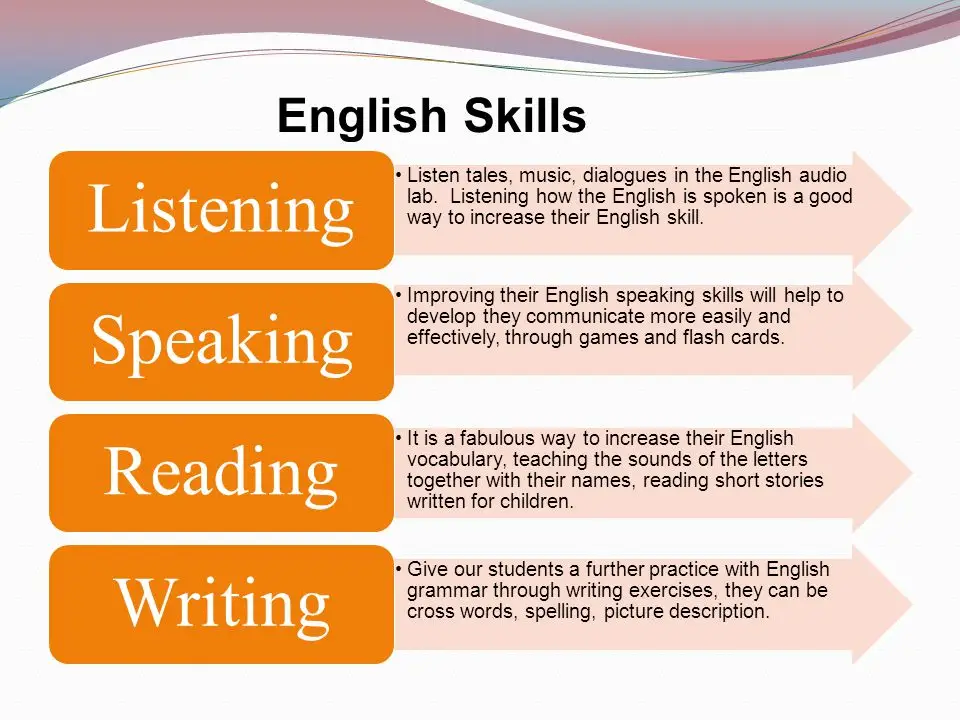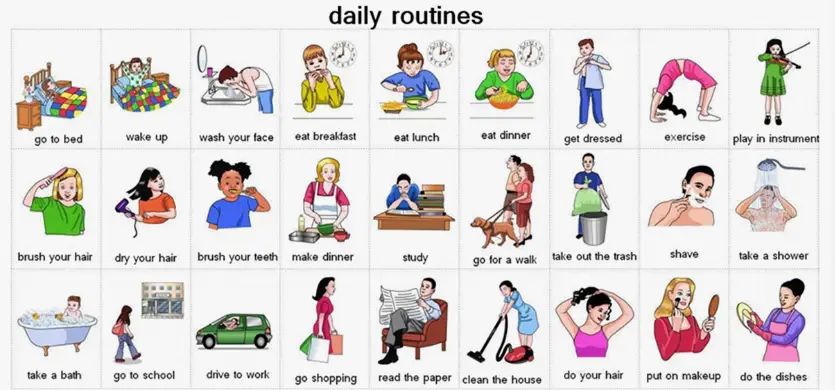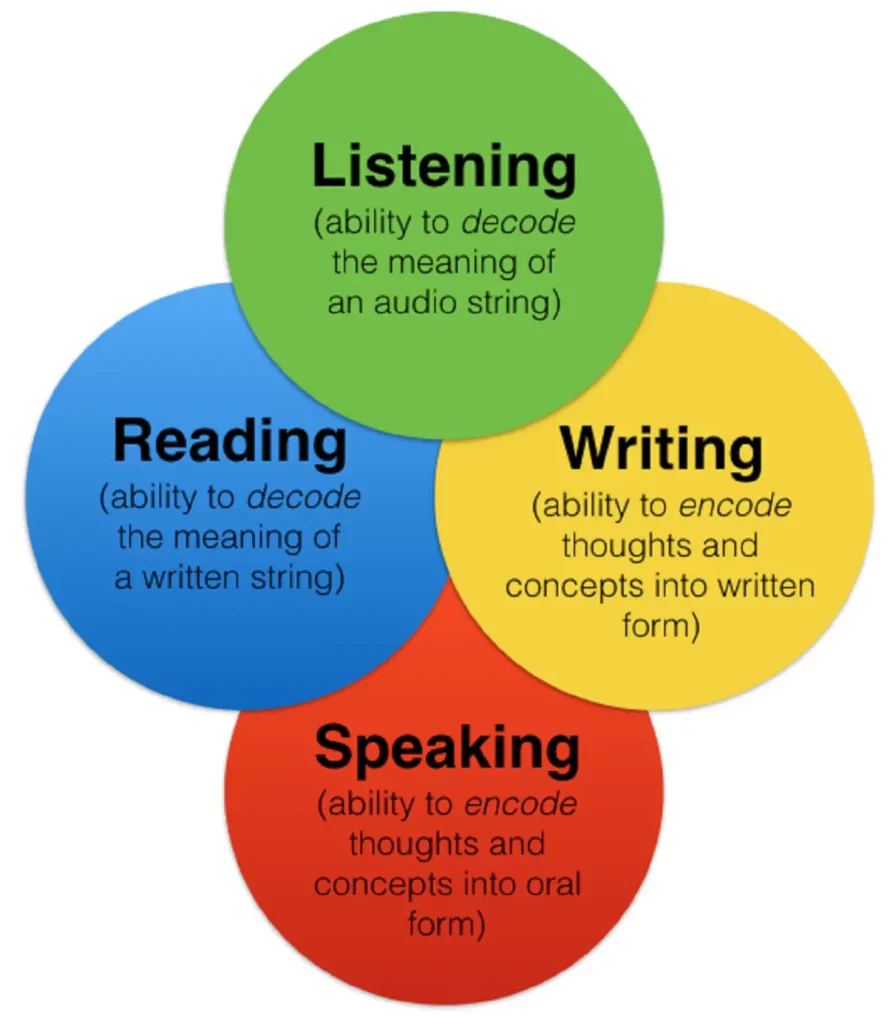In today’s globalized world, the English language stands as a pillar of international communication, academic pursuit, and business interaction. This article delves into the essence of Practical English Usage, offering insights and strategies to harness the power of English in everyday life. Through understanding core principles, acknowledging common mistakes, and exploring practical applications, readers will find valuable guidance to refine their command of the language. Additionally, resources and tools will be highlighted to further aid in the journey toward fluency. Embracing the nuances of English can open doors to endless opportunities, fostering better understanding, and connection in our increasingly interconnected world.
Introduction
Understanding Practical English Usage

Practical English Usage is more than just the mechanics of grammar and vocabulary; it’s about effectively communicating in real-life scenarios. Whether it’s articulating thoughts in a meeting, writing an academic paper, or interacting in a social setting, the ability to convey messages clearly and correctly is invaluable. This article serves as a beacon for those aiming to enhance their practical English skills, navigating through the complexities of the language with ease and confidence.
The Importance of Learning Practical English
Learning English, especially its practical aspects, is akin to holding a key to the global village. It’s not just about the grammar rules or memorizing vocabulary; it’s about understanding the cultural nuances and the context in which words are used. This knowledge empowers individuals to participate more effectively in diverse settings, from the professional arena to the academic world and beyond.
Key Principles for Effective English Communication
Mastering Practical English Usage is not just about knowing the right words but also about understanding how to use them effectively in various contexts. Let’s explore some key principles that make for effective English communication.
Grammar in Context
Grammar is the backbone of clear communication. However, the real magic happens when you apply grammar rules within specific contexts. It’s not enough to know the rules; you must understand how they shape meaning in different situations. For instance, the subtle difference between the past simple and present perfect tenses can change the entire timeline of a story. By focusing on grammar in context, you make your English more precise and expressive.
Vocabulary and Usage
A rich vocabulary allows you to express yourself clearly and concisely. However, the power of vocabulary lies in usage. Knowing when to use formal language, such as in a business email, versus more colloquial expressions in a casual chat, is crucial. Additionally, understanding idioms and phrases can add color to your language, making it more engaging and natural.
Common Mistakes and Misunderstandings

Even seasoned speakers can trip over the nuances of English. Let’s address some common areas where misunderstandings arise, helping you to communicate more effectively.
Frequently Confused Words
English is rife with words that sound similar but have different meanings, such as “affect” and “effect” or “compliment” and “complement.” Misusing these can confuse your listener or reader. Paying attention to these differences is key to refining your Practical English Usage.
Common Grammatical Errors
Grammatical errors can obscure your message and distract your audience. One common pitfall is the misuse of apostrophes, which can change the meaning of your sentences. Another is the incorrect use of tenses, which can make your timeline confusing. By honing your grammar skills, you ensure that your message is received loud and clear.
As we navigate through these core principles, remember that effective communication is about more than just following rules; it’s about conveying your message in the most clear and engaging way possible. Stay with us as we delve into the practical applications of these principles, bringing your English usage to life in everyday situations.
Practical Applications
Applying English in Daily Life

English isn’t just for the classroom; it’s a vital tool for navigating our daily lives. Whether you’re at work, in school, or just socializing, knowing how to apply English practically can make all the difference.
In the Workplace
In today’s global economy, English serves as a lingua franca in many workplaces. From writing clear, concise emails to participating in meetings, practical English usage is key. For instance, using active voice (“The team completed the project”) instead of passive voice (“The project was completed by the team”) makes your communication more direct and engaging. Similarly, mastering business idioms like “touch base” or “back to the drawing board” can enhance your conversational skills and help you gel more naturally with your colleagues.
In Academic Settings
English is not just the language of international business; it’s also the medium of instruction in many academic institutions around the world. Effective note-taking, essay writing, and presentation skills are all underpinned by solid practical English usage. Understanding how to structure an argument, cite sources correctly, and engage your audience can dramatically improve your academic performance.
English for International Communication
English’s role as a global language makes it a valuable asset for international communication, whether you’re traveling, participating in cross-cultural exchanges, or consuming global media.
Understanding Cultural Nuances
Grasping the cultural underpinnings of language can greatly enhance your communication skills. For example, idiomatic expressions often carry meanings that are deeply rooted in culture. By understanding these, you can avoid potential misunderstandings and build stronger relationships with speakers from different backgrounds.
English as a Global Language
The widespread use of English worldwide offers unparalleled opportunities for connection and understanding. However, this also means being mindful of variations in English usage across different regions. Being aware of and respecting these differences is key to effective international communication.
As we explore these practical applications of English, remember that language is a tool for connection. By applying the principles of practical English usage in your daily life, you not only enhance your own communication skills but also open doors to understanding and engaging with the world around you.
Resources and Tools for Improvement
Improving your Practical English Usage is a journey that involves continuous learning and practice. Thankfully, a myriad of resources and tools are available to assist you along the way. Let’s delve into some of the most effective ones to bolster your English skills.
Leveraging Technology in Learning English

Technology has transformed the way we learn languages, making it more accessible and engaging than ever before.
Educational Apps and Websites
Apps like Duolingo, Babbel, and Rosetta Stone offer structured lessons on English grammar, vocabulary, and pronunciation. These platforms gamify the learning process, making it fun and interactive. Websites such as the British Council provide extensive resources, including games, stories, listening activities, and grammar exercises, catering to all levels of learners.
Online Communities and Forums
Participating in online communities such as Reddit’s r/LanguageLearning or the forums on Grammarly Blog allows you to connect with fellow English learners and native speakers. These platforms are invaluable for getting real-time feedback, answering queries, and practicing English in a supportive environment.
Books and Guides on Practical English Usage
While digital resources are incredibly useful, traditional resources like books and guides remain indispensable for deepening your understanding of English.
Recommended Reading
For those looking to refine their grammar, “Practical English Usage” by Michael Swan is a comprehensive guide that addresses over 600 points of grammar and vocabulary. Additionally, “The Elements of Style” by Strunk and White offers timeless advice on clarity, simplicity, and precision in English writing.
Utilizing Reference Materials
Reference materials such as dictionaries and thesauruses (both in print and online) are essential tools. Websites like Oxford Online English offer a wealth of materials, including video lessons and interactive exercises, to help learners grasp the nuances of English.
By incorporating these resources and tools into your study routine, you can significantly enhance your practical English usage. Whether you prefer interactive apps, engaging in community discussions, or delving into authoritative books, there’s a wealth of material at your fingertips to support your learning journey. Remember, the key to improvement is consistent practice and a willingness to explore various learning modalities.
FAQs
Addressing frequently asked questions is a vital part of learning Practical English Usage. These queries often touch on the common challenges and curiosities learners face on their journey. Let’s dive into some of the most prevalent questions.
What are the most effective ways to improve practical English usage?
Improvement in practical English usage comes from a blend of consistent practice, immersive learning, and active application. Engage in regular reading, writing, and speaking in English. Utilize technology and resources like language learning apps, online courses, and English-speaking communities. Exposure to varied contexts, such as movies, podcasts, and books, can also significantly enhance comprehension and usage.
How can non-native speakers overcome common barriers in learning English?
Non-native speakers often face hurdles such as limited exposure to English, fear of making mistakes, and difficulty in understanding native accents. Overcoming these barriers involves increasing exposure to the language through media and conversation, practicing speaking without fear of errors, and using pronunciation tools or language exchange platforms to improve understanding of different accents.
What role does cultural understanding play in practical English usage?
Cultural understanding enriches language learning by providing context to the usage of words, idioms, and expressions. It helps learners navigate the subtleties of English, which can vary widely across different English-speaking countries. Recognizing cultural nuances aids in effective communication and helps avoid misunderstandings in diverse settings.
Conclusion
Mastering Practical English Usage is a dynamic and ongoing process. It extends beyond the realms of vocabulary and grammar, touching upon the practical application of the language in real-world scenarios. As we’ve explored through the principles, applications, resources, and frequently asked questions, improving your English involves a multifaceted approach that includes understanding cultural nuances, leveraging technology, and engaging in continuous practice.
The journey to fluency is both challenging and rewarding, opening doors to new opportunities, connections, and understandings. With the right tools, resources, and mindset, anyone can enhance their practical English skills. Remember, the essence of language lies in its power to connect us, convey our thoughts, and understand the world. Embrace the journey, celebrate your progress, and continue to explore the vast expanse of the English language.

